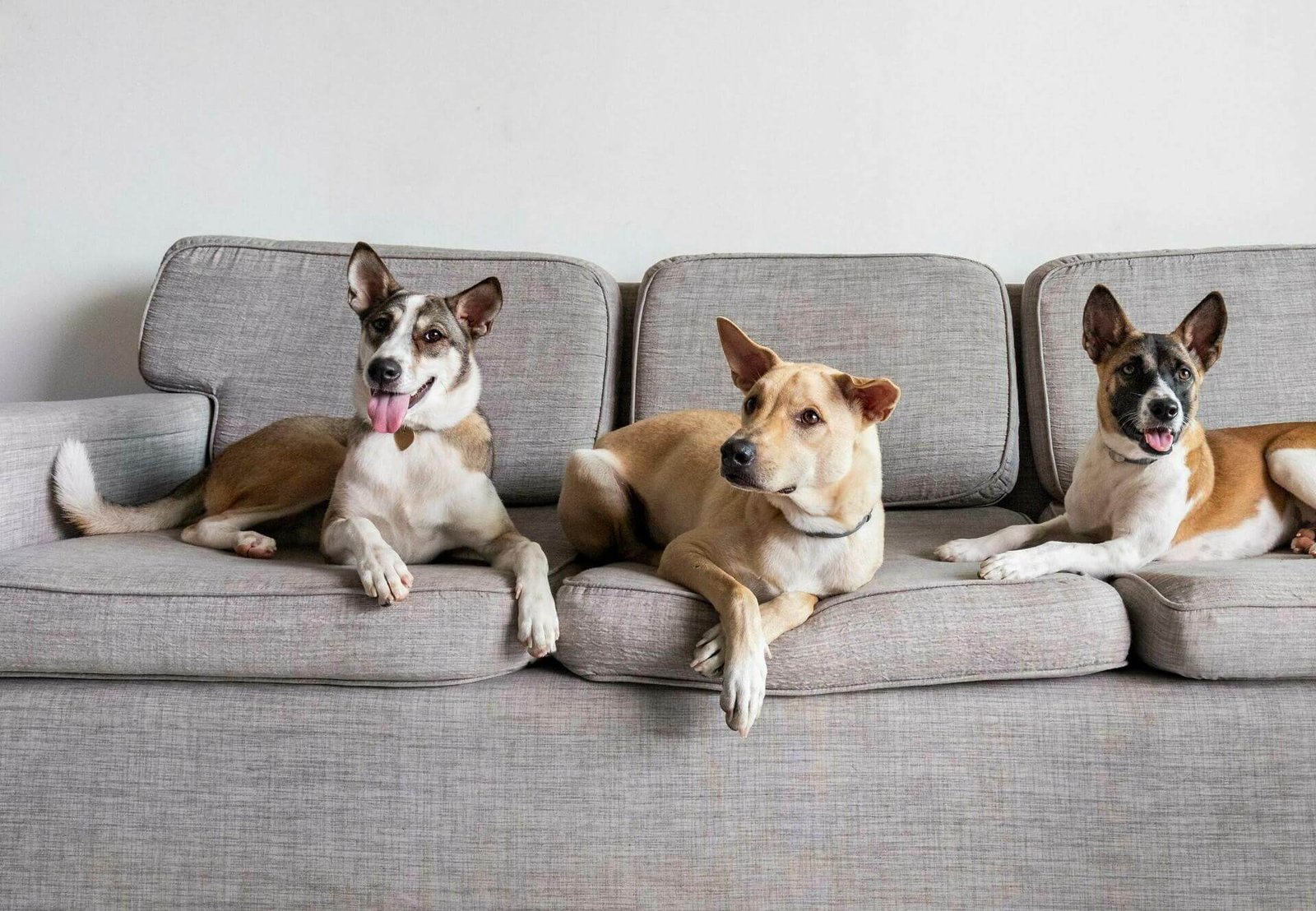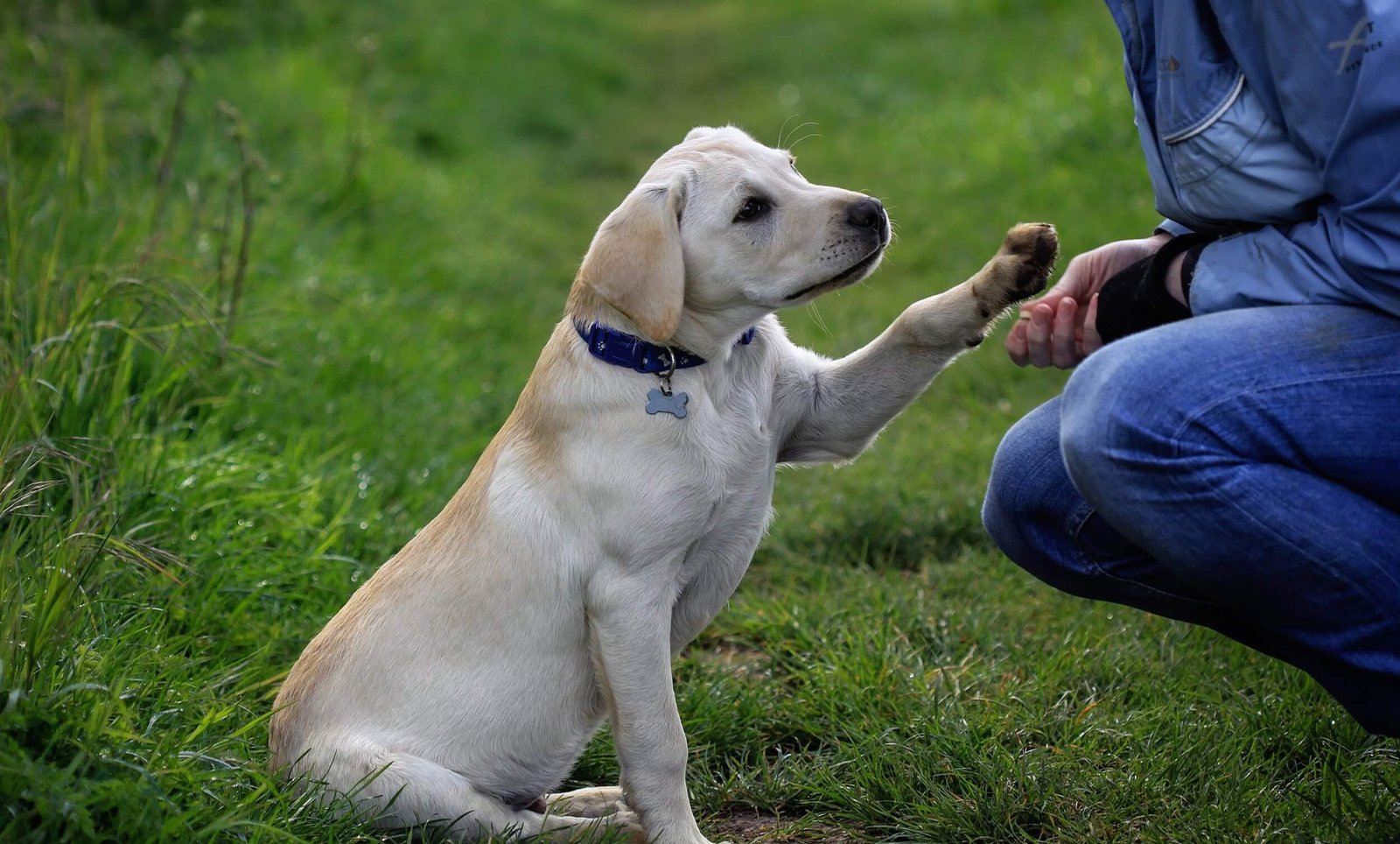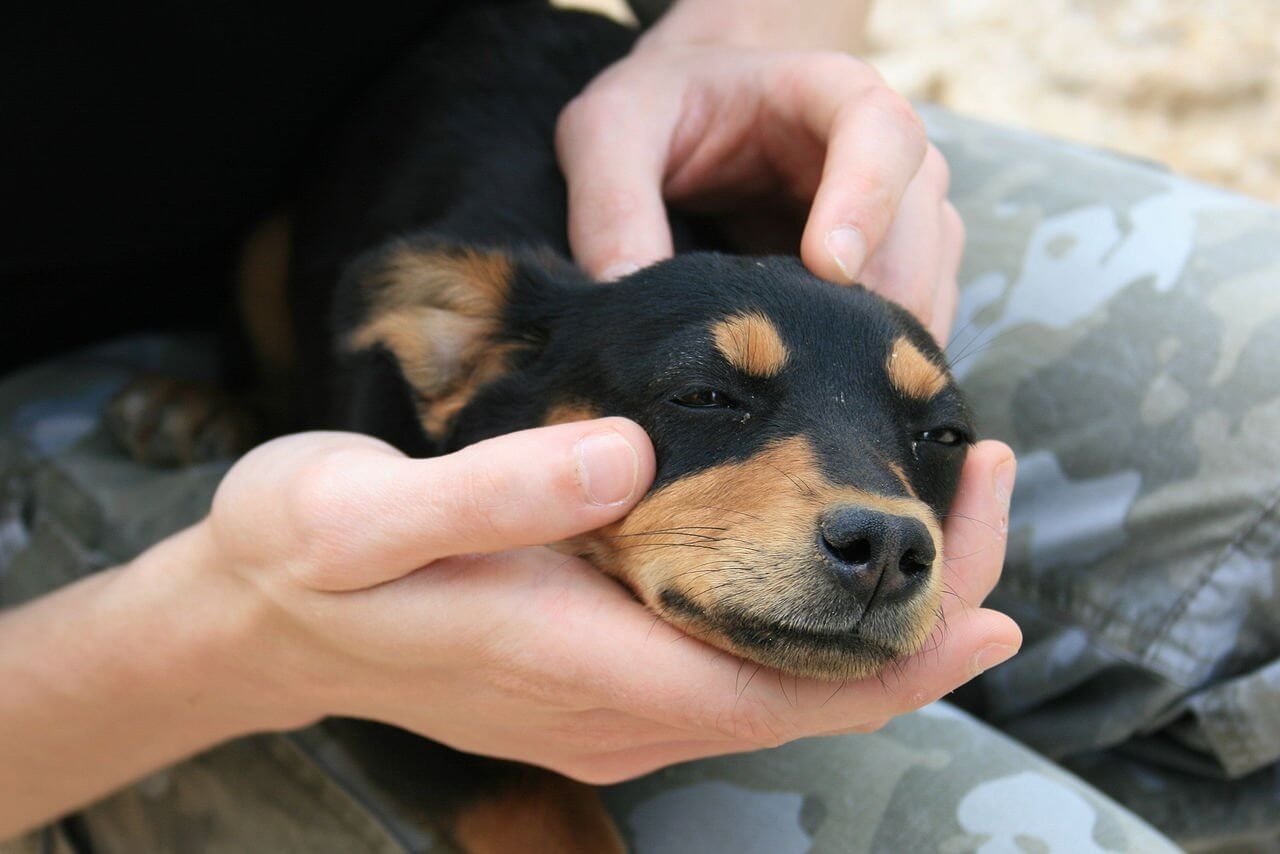Anxiety isn’t just about the mind or emotions surrounding uncomfortable or startling conditions. It also activates an expansion of physiological responses, including an unexpected urge to urinate. Dogs, which may be much less willing to “hold it” than human beings, may reply by going potty after a tension-provoking event. .Suppose your dog begins to act anxious in response to a noise or something else that causes him anxiety. In that case, it might help to desensitize him by exposing him gradually to the disturbance. For example, if you know your barking is bothering your dog and triggering his anxiety, try staying inside for one day and only letting out a bark or two.
The next day lasts inside for 2 hours, and is careful not to let out any barks during that period. On the third day, repeat the process at 3-hour intervals. Keep doing this until you can understand how long it takes your dog to adjust and settle back into the routine of your typical day. Be sure to journal about this process and mark the days you tried each specific interval and any other observations during each break. For example, if, after 2 hours, your dog barks three times and starts howling, you would mark this on the journal. On day three, your dog settled back down after only barking twice in 4 hours.
How to Identify Anxiety Peeing
One clean sign is unexpected or erratic peeing, regardless of being correctly potty trained. That is likely induced by an occasion that causes anxiety. A few causes for concern about peeing are separation anxiety, worry, and pleasure. We may not think about excitement as being related to stress due to the fact humans typically partner exhilaration with effective emotions.
Although we interpret exhilaration as a “good” emotion, it may also be overwhelming. If a dog encounters a brand new dog or man or woman that makes them feel submissive, they can urinate in response even though they may be glad to interact with someone else. A pee pad or rubber mat is an option if your dog has difficulty using the toilet. If your pet will not use a canine bathroom and you are worried they might harm themselves by eliminating it on the ground, an easy pee pad or mat might help.

Not unusual reasons for hysteria peeing are:
- Separation from and return of proprietor
- Unusual humans or animals
- Loud noises
- Uncertainty approximately potty access
- Anticipation (e.g., knowing a vet trip is occurring)
How to Stop Your Dog from Anxiety Peeing
To clear up anxiety peeing, the fundamental problem desires to be treated. Troubles and separation anxiety would require extra effort and time to cope with. At the same time, other situational precursors and your canine understanding that they’re on their way to the vet can be a bit simpler to remedy. This information is provided solely for experience and research.
It’s not therapy. Please get in touch with a vet if you have any concerns or require more advice. In the meantime, some small steps you can take are:
- Developing friendly associations with troubling activities consisting of supplying treats when Unusual people go to
- Supplying more excellent pee pads for housebroken dogs
- Occurring walks or allowing get admission to fresh grass before a triggering event
- Making desired spots for tension peeing inaccessible
- Studying your furry one’s pre-pay cues to prevent tension about having access to a canine Bathroom or stroll
- By no means punishing for accidents, which creates terrible associations with going potty and Perpetuates the potty/tension cycle
- Very well cleansing any coincidence areas to save you recurrence
- Creating a calming environment or feeding calming treats
- Undertaking self-belief and constructing physical games to reduce peeing is a submissive reaction
Remedying anxiety peeing can take a little patience because it’s a behavior that develops from a deeper, underlying issue. But with some training and loving reassurance, it can be resolved! If you suspect there may be a medical cause for immoderate or inappropriate peeing, make an appointment with your vet as soon as possible.
The American Kennel Club (AKC) recognizes more than 200 breeds of dogs, with more being proposed for recognition all the time. Breeders attempt to recreate desirable traits seen in past dog populations to generate these new breeds. Sometimes, however, several species are mixed, creating what appears to be a new “breed.” These crossbreeds have not been tested for health or behavior issues; some may have undesirable health or behavioral problems. If you suspect your dog might suffer from anxiety when peeing outside the home, try taking her out on a leash and ensuring she gets plenty of praise and reward for pottying outside.
If she doesn’t re-establish her identity as a house dog, it may be more beneficial to stick with the indoor potty box and crate. When left alone, dogs anxious about leaving their homes will typically show signs of separation anxiety like excessive barking, destructive behaviors, and peeing inside the house. A behaviorist can help ease separation anxiety in these cases. Dogs anxious about being unable to escape or defend themselves effectively can develop what is known as resource guarding, sometimes called guarding territory or resources.
This might manifest in small dogs in an aggressive reaction to other animals, people, or objects that come too close. This can also manifest as a fearful reaction to those who come too close. The response can be avoidance or aggression to protect the owner’s resources for canine consumption. Suppose your dog is showing signs of resource guarding. In that case, addressing this behavior with your veterinarian and speaking with a trainer is essential to avoid further escalating the situation.
The health and behavior problems associated with mixed breeds are not generally as common as they are for purebred dogs due to their less controlled breeding practices, but they still exist. Because mixed-breed dogs were not born for specific purposes, their health and behavior are varied. This means that mixed-breed dogs may be prone to problems such as behavioral issues like fearfulness, aggression, resource guarding, and anxiety or health problems like heart disease or epilepsy.

How Can We Prevent Dogs from Anxiety Peeing
Anxiety peeing is a common problem for many dog owners, but it doesn’t have to be. By taking proactive steps to address the underlying source of their anxiety and providing them with the proper resources to manage their needs, you can help your pup learn how to keep their anxiety in check.
One way to do this is by using pooch patches or turf dogs. These specially designed mats absorb urine, so your pup has a designated area where they can pee without fear of making a mess. Additionally, puppy pads may be a good idea if you don’t have the space for larger mats in your home. They provide an easy-to-clean surface to minimize accidents and encourage your pup to pee in one spot.
Finally, placing a dog poop mat beneath their designated potty area can help keep other areas of your home cleaner and more sanitary for your dog. The American Dog Journal recommends that you can also use a hamster wheel as a pee pad. This is an exercise wheel that can be purchased at most pet stores. After your dog has used the wheel, dispose of it in a trash can and replace it with a fresh one. Our trained editors and researchers co-authored this article and validated it for accuracy and comprehensiveness. Together, they cited information from 13 references.
By taking these steps, you can ensure your pup has all the resources needed to stay healthy. And happy. Dogs can stay healthy by limiting their food and water intake, performing regular exercise, and avoiding toxic substances such as cleaning chemicals like bleach. Dogs that exercise regularly tend to be less stressed and have a healthier lifestyle overall. Additionally, ensuring they get enough water daily is essential because it helps maintain the proper balance of electrolytes in their system and regulates body temperature and alertness levels during hot or cold weather conditions.
Finally, many dog owners should avoid using harsh cleaners on their pups because these products can create dangerous toxins that make them nauseous or sick. So if you have a dog, try to find time to exercise them. It will reduce the chances of your pup getting into trouble and staying out of your hair and lower their risk of developing health issues related to stress levels. They are keeping Your Dog Inside for a Limited Amount of Time. This one may be controversial because some believe their dog must be outside to feel happy and healthy. However, scientific evidence indicates that dogs need some time in the fresh air or may feel better inside.
Here’s why: dogs get an extra dose of Vitamin D if they are exposed to sunlight daily, but not enough if they’re cooped up indoors all day long. This vitamin plays an essential role in keeping your dog’s spine strong, which means the risk of canines developing spinal injuries or degenerative arthritis is reduced. If you’re wondering what to do with your dog when you run errands, have him stay in a crate at home. The trunk should have plenty of toys and a comfy bed that he likes to sleep on, and it can be made more fun by adding his blanket, so he thinks it’s also his bed.



